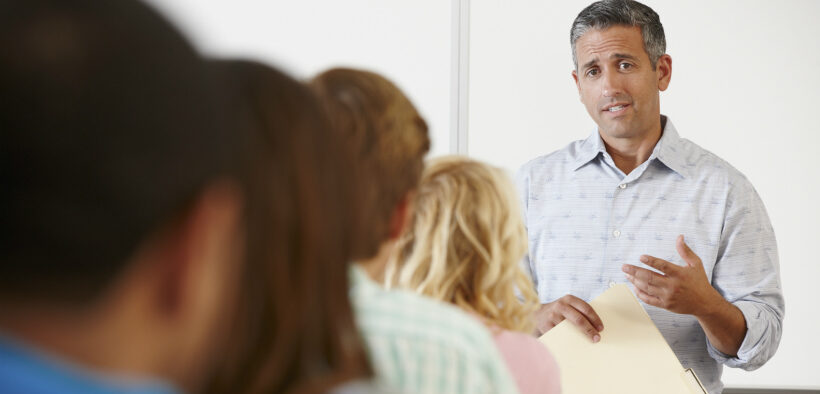“Flipped learning” has become a hot catchphrase in education circles as of late, with many faculty members feeling the pressure to flip their courses to escape the drawbacks of the traditional “stand and deliver” model of teaching. The flipped learning model takes the traditional in-class lecture and puts it online as a pre-class activity, thus leaving the face-to-face class available for interactivity, such as answering questions. Yet many faculty and students report dissatisfaction with flipped classes, which has led people to question the whole premise of flipped teaching.
Related Articles
I have two loves: teaching and learning. Although I love them for different reasons, I’ve been passionate about...
If you’ve taught for any length of time, you’ve probably heard this or gotten similar messages multiple times...
When discussing educational technology with instructors, it is useful to begin by asking how they define ed tech....
As teachers, we often focus on the product of our work to the exclusion of the process of...
I hear you already: “I barely survived this academic year. The last thing I want to think about...
Storytelling is a powerful tool that can transform the learning experience. By weaving a cohesive narrative throughout a...
The ending of a course is worthy of greater attention than it typically receives. Endless time and energy...









